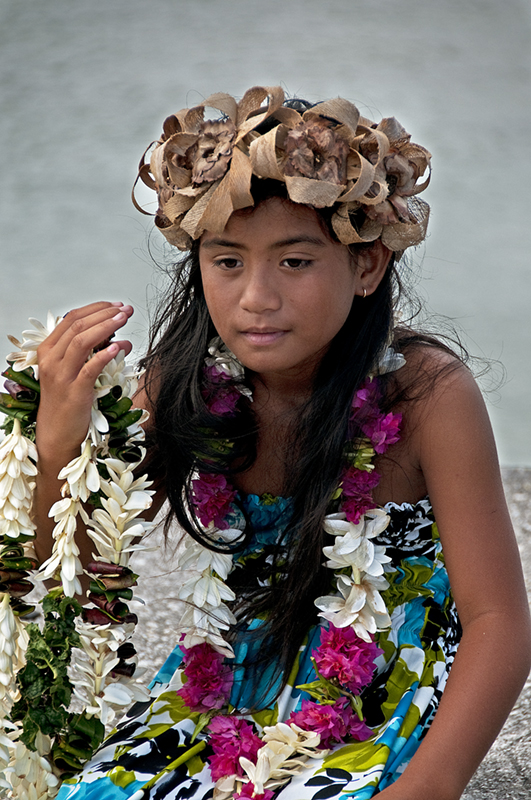
We shall not cease exploration
And at the end of all our exploring
Will be to arrive where we started
And know the place for the first time
T.S. Eliot
Why explore? The question that's been asked since time immemorial. My favorite answer is to quote the heralded British climber, George Mallory, when asked by a flippant reporter in the U.S. why he wanted to climb Mt. Everest. His retort: "Because it is there!"
The earth is pretty well trod, basic geography known. Only a few blank spots remain on the map, mostly in Antarctica, the Congo, and the Amazon Basin. So is man done exploring? Hardly. Not as long as he has that unquenchable desire to know. There's always the ocean floor, the moon, Mars, and maybe one day the galaxies.
Exploration has historically been a search for booty-gold, spices, ivory, etc-to plunder. Even today there is talk of natural resources on Mars and of modifying its atmosphere so we can exploit them. Gadzooks! How will we get them to earth? Build a bridge? At least there are no martians to exterminate with our diseases. Or so we think. A far cry from the "Age of Exploration," 1500 to 1900 CE, when perhaps 75% of indigenous populations in the Americas were wiped out by European germs.
Is man more enlightened today? A definite maybe. We certainly like to think so. A recent climbing expedtion to Antarctica, sponsored by National Geographic, required climbers to carry out all waste, and I do mean all, including human excrement. A step forward to be sure. And explorers today often become great advocates for the people, wildlife, and wild places they explore. Think Jane Goodall, Sir Edmond Hillary, and Jacques Cousteau.
The same fundamental questions always seem to crop up. Is what we discover there for us to exploit or simply to admire and preserve? Perhaps some balance is in order.
Puka Puka was one of two landfalls made by Magellan, one of the great explorers of all time, in his yearlong (and the first ever) crossing of the Pacific in 1521. Today the tiny island is home to about 50 Polynesians, including the princess in the picture. The nearest inhabited island is hundreds of miles away.